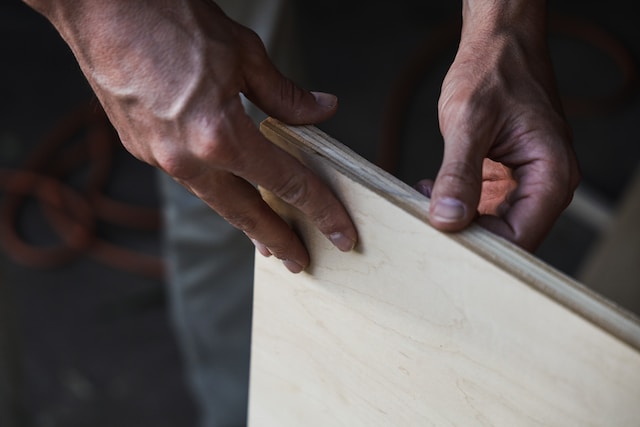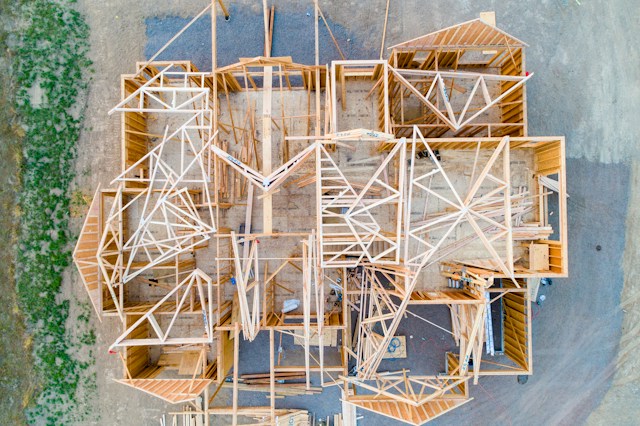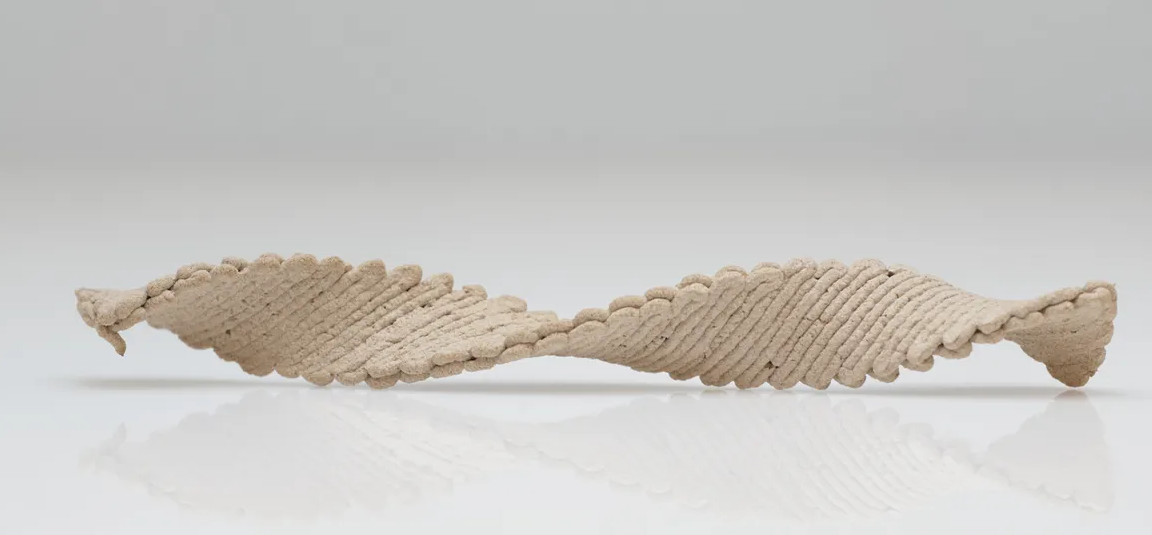In today’s world of construction and building projects, manufactured wood plays an essential role, offering both versatility and affordability. For instance, many people look for perfect water-resistant engineered materials that are used for constructing wood hot tub platforms. If you’re wondering how this is done, turn to ByRossi since it’s the perfect source that provides recommendations and reviews of hot tubs in the US and UK provided by Peter Rossi.
However, if you know a little about the manufactured wood but want to distinguish between its various types, it can be quite challenging. If you’ve ever wondered about the differences between plywood, particleboard, veneer, and more, this article is your guide. With its help, you will explore all aspects of manufactured wood including its various types, as well as their advantages and disadvantages.
What Is Manufactured Wood?
Manufactured wood, or engineered wood, gives people a perfect alternative instead of traditional materials. Thanks to its environmentally friendly nature, affordable price, and impressive quality, it became popular in the sectors of construction and furniture. Complex materials that look exactly like natural wood are produced by combining different wood products and glues.
Due to such inventive method in woodworking, which offers both ecological and practical benefits, the way people use wood has been changed completely
Types of Manufactured Wood
Particleboard or Chipboard
Particleboard, also commonly referred to as chipboard, is a popular type of engineered wood known for its cost-effectiveness and practicality. Wood chips and resin or some other type of glue are mixed together to create it.
Chipboards are widely used to make furniture, floors, cabinet and shelf enclosures, countertop substrates, and other things. In order to achieve the desired effect, you can also paint on their surface.
It’s important to keep in mind that standard chipboard production uses glues that may include the hazardous chemical formaldehyde. To lessen health and environmental concerns, low-emission and formaldehyde-free solutions are now readily available.
Plywood
Plywood, another widely used form of manufactured wood, has earned a reputation as a reliable material in the world of construction, interior design, and furniture manufacturing. It is created by gluing together numerous pieces of veneer or plies. They are connected perpendicular to the previous layer, and it leads to the creation of a special system that makes wood stronger and more durable.
As a result, such stable and highly adaptable material can be used in flooring, sub-flooring, roof covering, and even boat building.
However, although plywood is more water-resistant than some other engineered woods, it is not completely immune to water damage. So you will have to make sure that your plywood is waterproof if you are using it for projects that deal with moisture.
Blockboard
Blockboard is a less-known but quite applicable type of manufactured wood. This product is distinguished from others by its unique construction method. In the blockboard panel, only the top and bottom layers are made of veneer while the inside is made of solid wood blocks.
Blockboards are commonly used to manufacture countertops, shelves, cabinets, and doors.
In general, it cuts quite well and is very easy to work with. In addition, blockboards are less prone to warping and bending than some other wood products.
However, blockboards are way denser and heavier than many other engineered wood types. Besides, you should keep in mind that it may not be as durable as some other materials like plywood. Therefore, such disadvantages may limit its use in some construction applications.
Fiberboard
Fiberboard is a manufactured product suitable for many projects. This engineered material is made by breaking down wood fibers, often through a mechanical and chemical process, and then bonding them together using heat, pressure, and glue.
Most often, fiberboard is widely used in the creation of furniture, cabinets, and interior decorations. Its smooth surface and uniform density make it the ideal substrate for complex painting, plating, and milling.
However, fiberboard is very sensitive to moisture and prolonged exposure can cause blistering or decomposition. Because of that, it’s not appropriate for applications in wet environments without sealing or coating.
Veneer
Veneer is a breathtaking form of manufactured wood known for its ability to turn simple surfaces into elegant, natural masterpieces.
This type of engineered wood differs from the other types since it comes from a tree. In order to achieve the desirable shape manufacturers should place it in a fixture and apply dye. The end result is a veneer that maintains the natural appearance of the wood while being devoid of the knots and fissures typical of traditional wood.
Veneer is often used to adorn ceilings and walls. Additionally, it can be applied on furniture like tables, chairs, cabinets, and closets to emphasize the inherent beauty of the wood grain.
However, it is crucial to remember that premium veneers can have quite high prices, especially when it comes to rare or exotic woods. It is still more affordable than alternatives constructed of solid wood, though.
Final Thoughts
Certainly, each type of manufactured wood has pros and cons. Continuing to learn about the possibilities of engineered wood, you have to remember that the choice of material depends on the needs of the certain project. Whether you construct furniture, and cabinets, or design interiors, choosing the engineered wood wisely provides a successful balance between beauty, function, and durability.
So when planning your next building project, keep these features in mind, and you can move forward with confidence.







